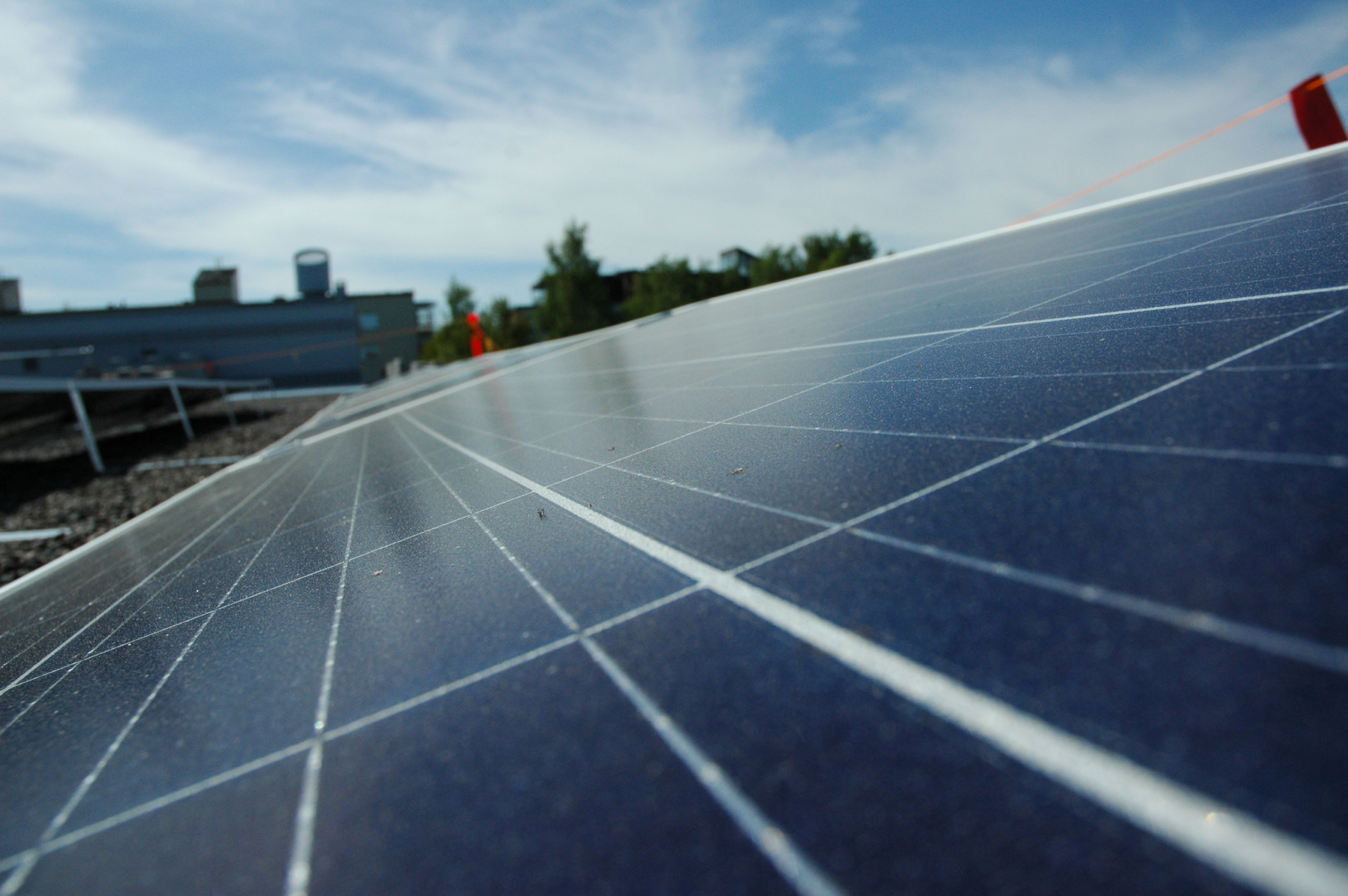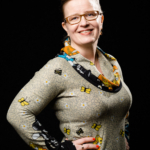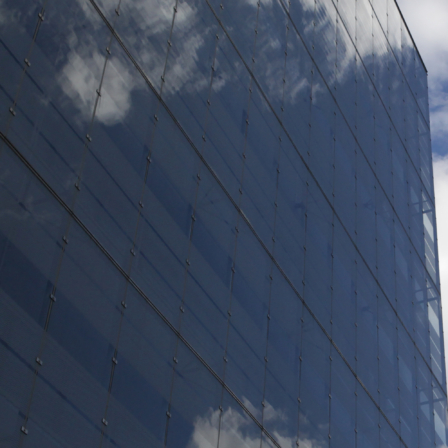A big step towards carbon neutrality
Moving to a carbon-neutral circular business model is dictated by climate change, resource scarcity and population growth. The transformation is so huge that it requires everybody’s effort. In our own operations, Sitra is aiming for carbon neutrality. This aim is now one step closer, since part of the energy consumed by our offices is produced by rooftop solar panels.
Sitra wants Finland to succeed in global competition by providing solutions for the prevention and mitigation of climate change. For this reason, we promote clean business opportunities, co-operating with companies, cities and towns, research institutes and associations in the key areas of carbon-neutral industry and the circular economy. We encourage companies to create new business opportunities, ensuring at the same time the prerequisites for future success in international operating environments. To this end we recently released a toolkit (in Finnish) for companies.
So, what has Sitra itself done to further carbon neutrality? We have examined various alternatives concerned with achieving carbon neutrality, and in this the energy we use plays a big role. Already we have procured all the energy we use, as well as district heating for our offices, in the form of green energy. But we wanted something else as well.
When we moved to our new office premises at the other side of the market place in Ruoholahti, we hoped that the building could help us in our aim by providing us with an opportunity to generate renewable energy for our own use. This is the reason why we started discussions with Varma, the owner of the building. To our great delight, they were immediately taken with the idea. Caverion, who were responsible for the building’s management, investigated the technological feasibility of the idea and the costs of the investment. Now we have reached the installation stage, and the generation of electricity will start shortly.
“We are really happy that we at Sitra have been able to influence the energy production of our business property through our landlord, because this will have an effect on our own carbon footprint as well. At the same time, it sends a message to our partners to the effect that everyone can play their part in accomplishing common climate targets. There are already practical ways to achieve carbon neutrality,” Sitra’s President Mikko Kosonen points out.
A profitable investment
The nominal output of the 128 solar panels to be installed on the roof of the property at Itämerenkatu 11-13 adds up to 41 kW. The Finnish supplier of the solar panels is Solnet Green Energy Oy. The system’s estimated generation yield is 35-38 MWh/a, which corresponds to the annual consumption of two electrically heated single-family houses. The lifespan of the system is at least 25 years, and during its lifespan the system will generate 950 MWh of energy. On the whole, the solar panels will reduce the property’s carbon emissions by a total of 200 tonnes.
For Varma, installation of solar panels on the roofs of the properties it owns is a profitable investment, even though the anticipated return will not be immediate. The repayment period of the investment is 13 to 15 years when the state’s energy subsidy is taken into account. We hope that this co-operation between the property owner, tenant and management company will also encourage others and will prove that co-operation is an efficient way to reduce emissions.
Electric bikes and food
Installation of solar panels alone on the roof of an office building will not of course be enough to achieve carbon neutrality. So, what else has Sitra done? In addition to the especially popular bicycles, which Sitra’s personnel have used for their daily activities for many years already, we started using an electric bike this spring and are testing the usability of a rented electric car. City bikes, which serve as a perfect example of a sharing economy, are a good addition to the alternatives for moving around the city. The promotion of alternative forms of getting around is an essential part of our efforts to achieve carbon neutrality, because transport produces a large proportion of carbon dioxide emissions. In addition, the provision and use of telecommuting capabilities is a big step towards carbon neutrality.
Besides energy use and mobility, food is the third big emission source. For this reason, at our events we favour foods which have a high vegetable content and which therefore have a significantly smaller impact on the climate than red meat, for example. We also try to choose the locations of our events so that they can be reached by public transport. This provides our partners with opportunities to influence their own carbon footprint.
Our carbon neutrality target is hard to achieve, but it is realistic. And we are trying to achieve it in a way that minimises the need to compensate for greenhouse gas emissions.



Recommended